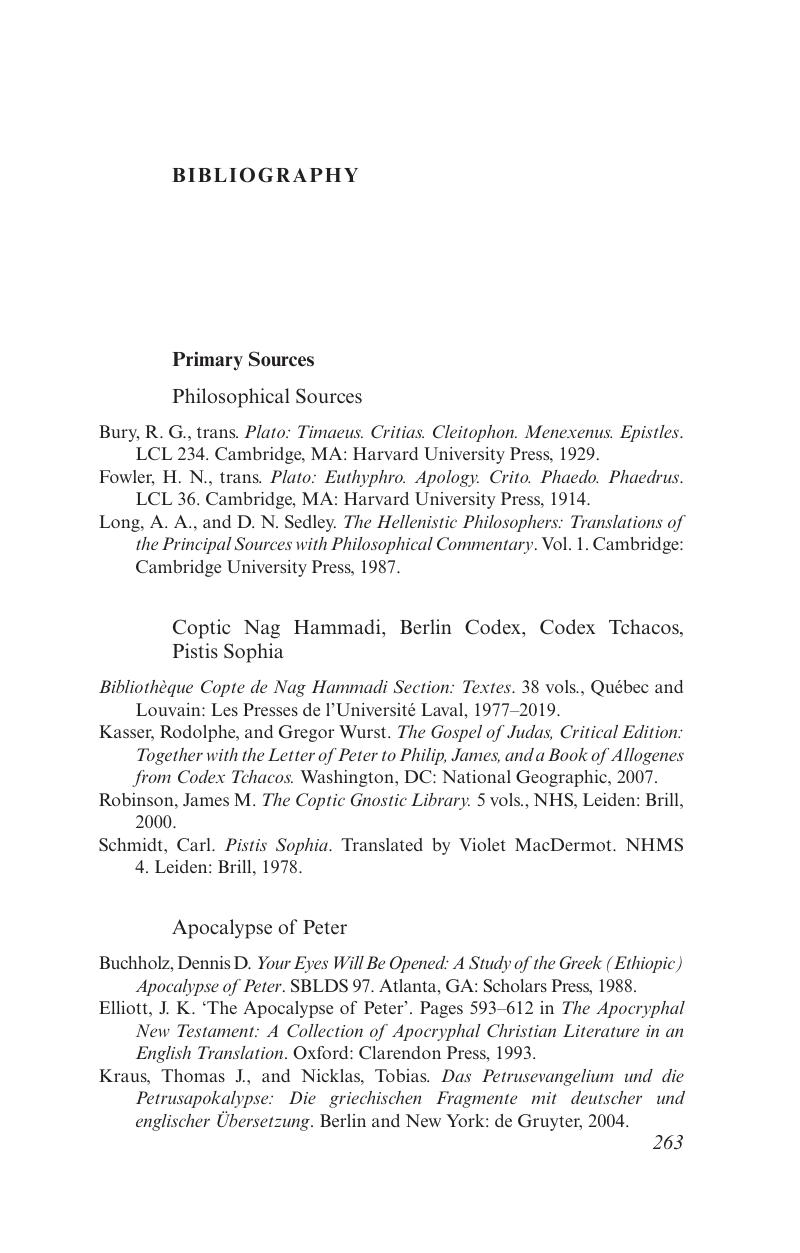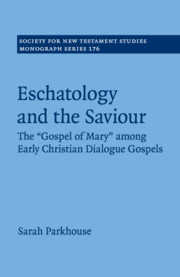Bibliography
Published online by Cambridge University Press: 16 August 2019
Summary

- Type
- Chapter
- Information
- Eschatology and the SaviourThe 'Gospel of Mary' among Early Christian Dialogue Gospels, pp. 263 - 282Publisher: Cambridge University PressPrint publication year: 2019

